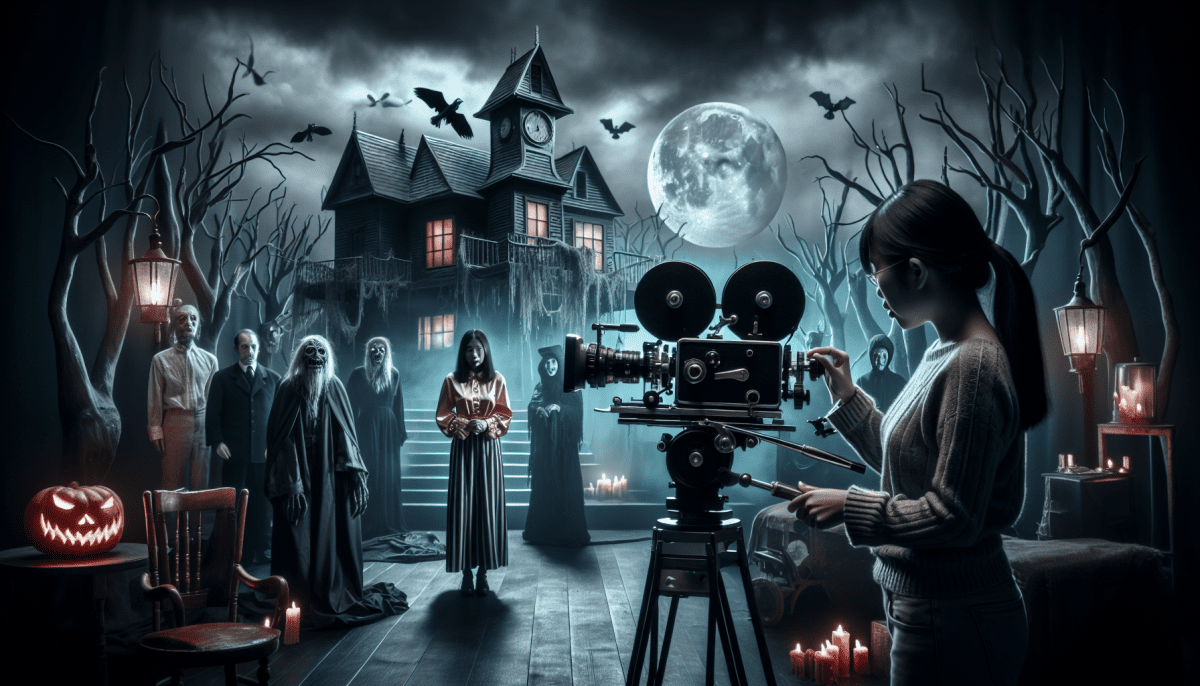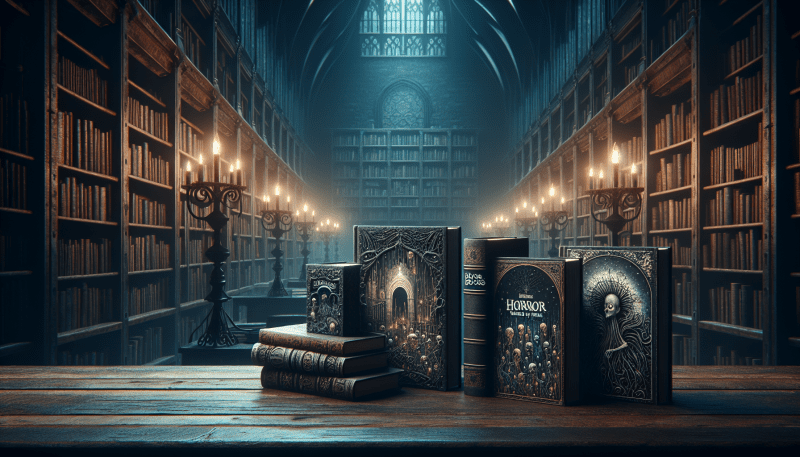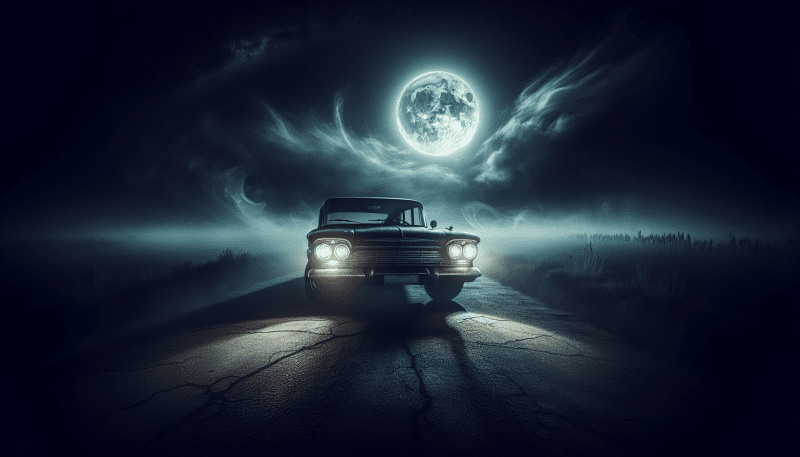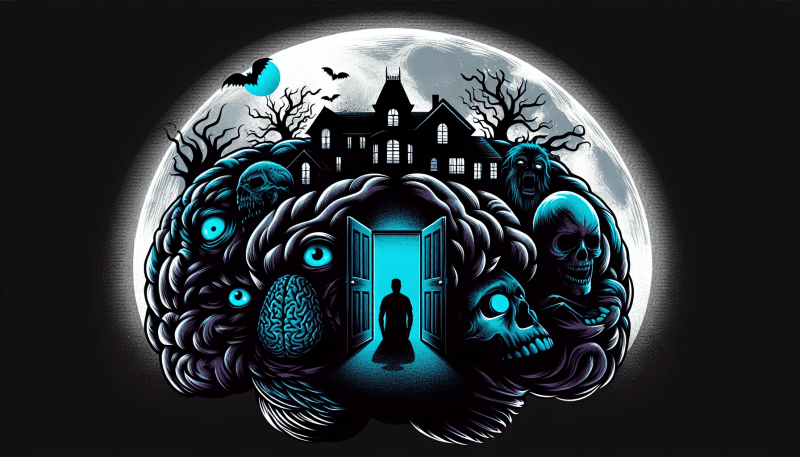What makes a good horror film?
Horror is one of the most enduring and emotionally potent genres in storytelling. From the whispered legends told around campfires to multi-million dollar films and bestselling novels, horror is a genre that persists across cultures and generations. But what exactly makes a horror story good? Why do some horror experiences haunt us for years, while others fall flat, fading from memory as soon as the credits roll?
In this article, we’ll dig deep into the anatomy of a good horror, exploring the psychological roots of fear, key narrative devices, and what separates a terrifying tale from a forgettable fright.
The Psychology of Fear: Why Horror Works
Before diving into the mechanics of a good horror story, it’s worth understanding why horror has such an impact. Fear is one of our most primal emotions. It's wired into us as a survival mechanism. Our brains are finely tuned to perceive threats, and horror stories manipulate this sensitivity in a controlled, often cathartic way.
What makes horror unique is that it allows us to confront our fears in a safe environment. We might be sitting in a cozy living room or flipping pages in bed, but our hearts race, our palms sweat, and we might even sleep with the lights on afterward. Horror offers the thrill of danger without actual risk—and for many, that adrenaline rush is addictive.
Core Ingredients of Good Horror
A truly great horror story doesn't rely solely on blood or jump scares. Instead, it combines a variety of storytelling techniques to create an experience that lingers.
1. Atmosphere and Setting
The setting is more than just background noise—it’s a character in its own right. Think about the Overlook Hotel in The Shining or the fog-drenched town in Silent Hill. These places are imbued with dread. They isolate the characters, unsettle the audience, and make the horror feel inescapable.
A good horror uses sensory details to build atmosphere: creaking floorboards, flickering lights, the distant sound of a child laughing where no child should be. Atmosphere is what keeps you on edge even before anything happens.
2. Relatable Characters in Unreal Situations
For horror to truly land, the audience must care about the characters. The best horror protagonists aren't superheroes—they're everyday people. A single mother trying to protect her child, a teenager navigating social pressures, a grieving man returning to his childhood home. These characters ground the story in reality, making the horror feel more immediate.
When we see ourselves in the characters, their fear becomes our fear. This emotional investment raises the stakes and makes the horror more effective.
3. The Unknown and the Unseen
Fear thrives in ambiguity. What we can’t see, don’t understand, or can't predict is often scarier than anything shown on screen or described on the page. Great horror knows when to withhold information.
Alfred Hitchcock famously described the difference between surprise and suspense. Showing a ticking bomb under a table creates suspense—keeping the audience in dread-filled anticipation. Similarly, a horror story that reveals everything too soon kills the mystery. The less we know, the more we fear.
4. Thematic Depth
The most memorable horror stories are rarely just about the monster. They explore deeper themes: grief, guilt, isolation, trauma, societal collapse. Think of Get Out as a commentary on race and social anxiety, or The Babadook as a metaphor for depression and unresolved grief.
These themes give the horror emotional weight. They make the story resonate on a deeper level, ensuring it sticks with the audience long after the last scare.
5. Pacing and Tension Building
Good horror is all about pacing. Tension should rise and fall like a wave, with moments of calm before each storm. If the story is all jump scares or constant action, the audience becomes desensitized.
Slow burns, when executed well, are incredibly effective. Hereditary and Rosemary’s Baby are masterclasses in building dread through slow, creeping horror. They take their time, allowing fear to fester and evolve.
Subgenres and Variety
Horror is far from monolithic. Its subgenres offer different kinds of scares:
Psychological Horror focuses on mental instability, unreliable perceptions, and existential dread (Black Swan, Jacob’s Ladder).
Supernatural Horror features ghosts, demons, and forces beyond comprehension (The Conjuring, The Exorcist).
Body Horror uses physical transformation and mutilation to evoke disgust and fear (The Fly, Tusk).
Slasher Films pit victims against human killers, often exploring moral panic or societal taboos (Halloween, Scream).
Folk Horror draws on ancient rituals and rural myths (Midsommar, The Wicker Man).
Cosmic Horror dives into the terror of the unknown, particularly the incomprehensible vastness of the universe (The Thing, Lovecraftian tales).
Understanding the different flavors of horror helps storytellers decide what kind of fear they want to evoke—and what kind of impact they want to leave.
Innovation vs. Familiarity
Good horror often walks a tightrope between innovation and tradition. Audiences crave something new but also find comfort (and fear) in the familiar. That’s why tropes like haunted houses, creepy children, or the “final girl” persist—they work. But the key is how those tropes are used or subverted.
For example, Cabin in the Woods deconstructed horror clichés while still delivering genuine scares. It Follows introduced a haunting concept that felt both new and timeless. Innovation doesn’t always mean inventing something brand new—it can mean presenting the familiar in a fresh, terrifying light.
Horror in Different Mediums
Film
Visual and audio elements make film a powerful medium for horror. Directors use framing, lighting, sound design, and performance to create mood and tension. A well-timed silence can be more terrifying than a scream.
Literature
Without visuals, horror novels and stories rely on imagination—often the most potent horror tool of all. Writers use language to creep into the reader’s mind, conjuring fears uniquely personalized for each individual.
Games
Video games like Resident Evil or Amnesia: The Dark Descent add interactivity to horror, making the player responsible for survival. The immersion heightens tension in ways passive media can’t.
Podcasts and Audio Drama
The rise of horror podcasts has proven that even without images, a compelling voice, eerie sound effects, and a well-crafted story can terrify listeners. The Magnus Archives and Limetown are great examples.
Why Horror Matters
Horror isn’t just about scaring people for fun. It allows us to explore the darker corners of human existence in a meaningful way. It asks uncomfortable questions, challenges norms, and reflects our deepest anxieties—sometimes more honestly than any other genre.
A good horror story doesn’t just startle—it lingers. It follows you home. It waits in the shadows of your thoughts, resurfacing when you least expect it. That’s the real magic of good horror.
So, the next time you find yourself nervously checking under the bed or second-guessing a creak in the hallway, remember: you're experiencing a story that did its job.



